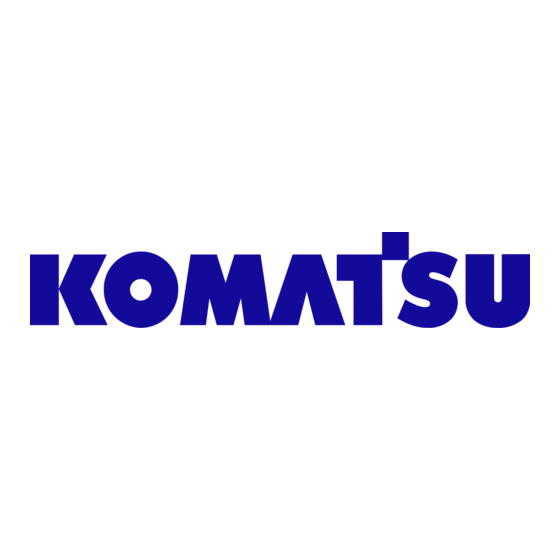
Table of Contents
Advertisement
Quick Links
HYDRAULIC
EXCAVATOR
Komatsu has Operation & Maintenance Manuals written
in some other languages . If a foreign language manual
is necessary , contact your local distributor for
availability .
Unsafe use of this machine may cause serious injury or
Death. Operators and maintenance personnel must read
this manual before operating or maintaining this machine .
This manual should be kept near the machine for
reference and periodically reviewed by all personnel
who will come into contact with it .
PC1250
PC1250SP
PC1250LC
SERIAL NUMBERS
NOTICE
WARNING
TEN00146-02
-8
-8
-8
30001
and up
Advertisement
Chapters
Table of Contents










Need help?
Do you have a question about the GALEO PC1250-8 and is the answer not in the manual?
Questions and answers